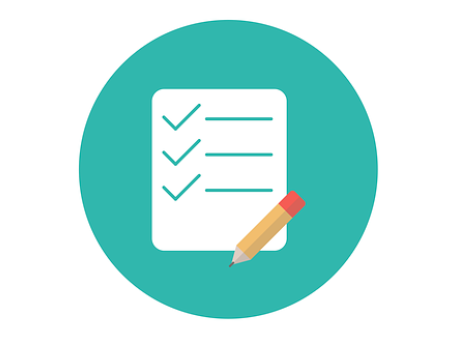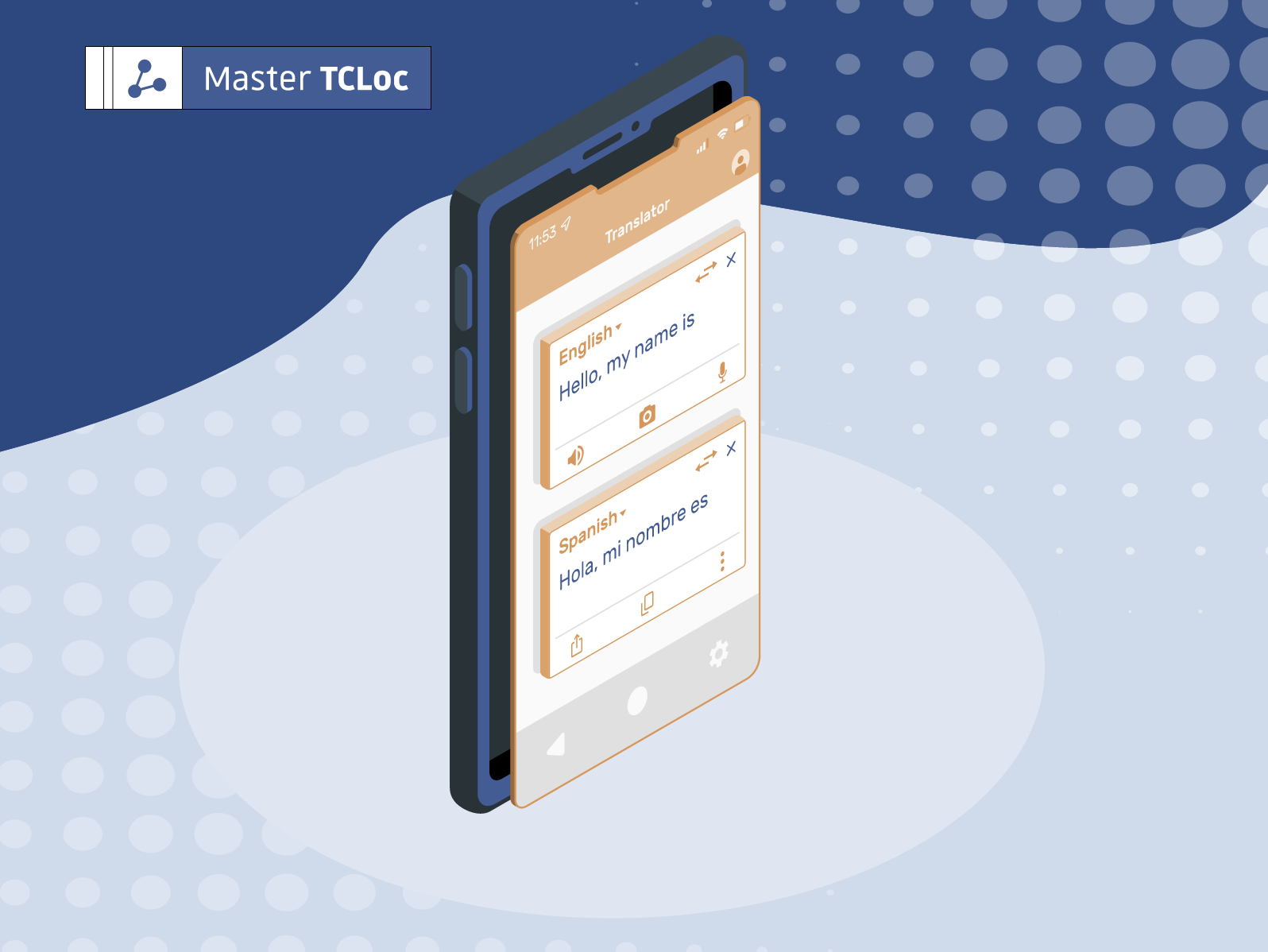Going global means facing the challenges of internationalization and localization. To ensure success in foreign markets, a good quality strategy should be set in place right from the beginning. A testing plan can help to set a clear objective and evaluate deadlines for completion. Let’s have a look at the most important testing procedures.
Pre-localization Testing: Internationalization (i18n)
Software products are often created with the source language in mind. This leads to problems when adapting the product to the target market and also has an important cost impact. Software i18n comes in during product development, so that the software is ready for translation and localization. Engineers can define what code or design changes are needed and then elaborate a project plan. It allows a cost-efficient and highly-qualitative localization strategy. Some key points are listed below:
- All files, strings, and pages support the texts and character strings (by using unicode)
- Target text appears as expected (for instance, the text case is respected)
- The graphic user interface is adapted
- Multilingual databases are enabled
In addition to these technical adaptations, it is strongly recommended to define a glossary with the most important terms, as well as a style guide for the following translation work.
Translation: Localization (l10n) Testing
The second stage is called Localization testing. It allows to verify the quality of a localized software for a target culture. Only the localized version of the product is proofed, as the focus is mostly on the translated content and the user interface (UI). Localization testers check, for instance, if the localized content is linguistically correct, accurate, and fits in the context. Then, translators not only translate the content, they also localize it. They update the translation memories and edit the texts when needed. Next, developers follow a testing plan. They conduct tests after having created and designed them or they use specific tools or automation testing services. This stage is about:
- Assessing the translation quality—the terminology, the style guide, consistency, spelling, grammar and linguistic mistakes
- Testing the functionality of the product in its standard environment
- Conducting tests as defined in the testing plan
- Using testing tools
Post-localization Testing: Quality Assurance (QA)
The quality assurance team corrects bugs and errors that appeared earlier during the translation and localization process. QA testers determine if the product conforms to the company’s quality standards and verify the accuracy of the content in context. They are responsible for the suitability of the localized product for the target market. What should happen in this final QA stage?
- Proofreading by an independent native speaker to validate the translation content
- Providing QA checks
- Building reports
- Implementing an efficient QA strategy
When a company chooses to invest in a localization strategy, efforts will be rewarded by increased sales in the target markets and satisfied customers.
Do you want to learn more about localization and content strategy? The Master in Technical Communication and Localization (TCLoc) is a year-long, distance-learning career-oriented program specially designed for professionals.
Thank you for reading, we hope you found this article insightful.
Want to learn more or apply to the TCLoc Master’s Program?
Click HERE to visit the homepage.
Thanks from the TCLoc web team.




Comments
Sandra | Aug 19, 2019 9:51
Hey, nice article! In my experience I can say that testing helps save money before product will go to public, provide quality and gives more customer satisfaction. Also, it’s possible to test security and availability. So there’re so many benefits of testing that we should not avoid it.